Mindfulness, Work, and You!
There is no doubt about it, today’s business is a round-the-clock atmosphere. We are hounded with external pressures, overwhelmed with information overload, asked to deliver more with less, work longer hours, and have less personal time for renewal activities. What is the result? Self-inflicted attention deficit disorder, exhaustion, lack of focus, reduced health, and burnout. This leads to lower job satisfaction, morale, and productivity. Hardly the results we want.
Stress is less about the actual event and more about our perception of the event or the way we relate to it. For example, if your boss is walking down the hall at work and doesn’t even look at you, does that mean the boss is mad at you or having a bad day? You may interpret this either way depending on how balanced you’re feeling. So how do we change our relationship to our stress at work?
If you have not heard of mindfulness, I’m going to introduce it to you and give you some tips on how to integrate it into the workplace. What is Mindfulness? Mindfulness is the ability to intentionally pay attention to the present moment without our filters of judgment (e.g., good/bad, right/wrong, fair/unfair). In other words, it is the art of cultivating the ability to be in control of our own minds instead of our minds being in control of us.
Some of the benefits of cultivating this type of awareness and skill include :
Stress-reduction
Increased clarity of mind, balance, energy, zest for life
Improve complex problem-solving and decision-making
Enhanced leadership
More emotional intelligence, less reactive
Mood regulation and immune system enhancement
In practicing mindfulness we learn to become aware of our thoughts, emotions, feelings, and behavior so we can interrupt stress cycles before they increase out of control. Try this: Sitting where you are right now, close your eyes and just begin to notice if the mind is busy or calm, what emotion is there if any, and if the body feels tense or loose. Then bring your attention to your breathing, in your belly. Simply say to yourself, rising when the belly rises, and falling when the belly falls. Do this for 3 minutes.
Here are some more tips on how to practice at work:
As the workday begins, slightly slow down as you walk to the car, check in with your body and notice any tension. Try and soften it.
Trying driving to work a little slower today and let red lights be reminders to just notice your breathing.
As you walk to the office, breathe in and out with every three steps. Notice the sensation of walking, it took you over a year to learn how to do this.
If you sit at a desk, take a few breaths before checking the computer for emails or updates
If possible, maybe once a week, eat by yourself in silence, eat slightly slower and really tune into the sense of taste while eating.
When walking back to the car from work, practice the same way you walked to your car.
No need to ‘rush’ home to ‘relax’, drive slightly slower and experiment with new radio stations, maybe reflect on what you actually did that day. What was positive, what was stuff you would like to do better?
When getting home, if you have a family, take a few minutes in the car and keep your breath company, notice if your body is tense, and if so, try to soften those muscles by breathing in and out of them, with awareness, and just letting them be.
By taking simple, mindful breaks, we can become more aware of our thoughts, emotions, and habits, which brings the clarity we need in order to choose how we spend our days.
Bring some calm into your workday with a mindful meditation exercise. In Bloom, we are helping leaders have a better understanding as to what their wellbeing looks like, holistically. We do this within a partnership with the Global Leadership Wellbeing Survey. This is the first step of our Leadership Wellbeing Coaching journey. Email us!


